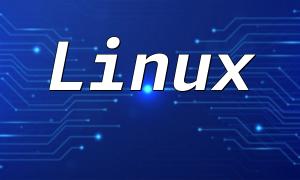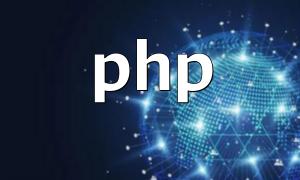As one of the most widely used web development languages worldwide, PHP is extensively applied in enterprise-level applications, high-traffic e-commerce platforms, and social networks. Since the release of PHP7 in 2015, it has achieved significant improvements in performance, strong typing declarations, and exception handling. This article delves into the low-level principles of PHP7, helping readers understand the PHP kernel construction process and debugging techniques.
The PHP kernel is written in C language and requires a C compiler to compile. On Linux systems, the following commands can download the source code and compile PHP:
$ wget https://www.php.net/distributions/php-7.4.22.tar.gz
$ tar xvfz php-7.4.22.tar.gz
$ cd php-7.4.22
$ ./configure
$ make
$ make test
$ sudo make install
This process includes downloading the source, extracting it, configuring to generate the Makefile, compiling the code, running unit tests, and finally installing PHP on the system.
When performing secondary development on PHP, after modifying the source code, recompilation is required. First, enable debugging configuration with:
$ ./configure --enable-debug
After enabling debug mode, locate and modify the target source files in the src directory. Save changes and run make again to compile the debug version of PHP.
gdb is a powerful debugger on Linux supporting C/C++ programs. To debug the PHP kernel, run:
$ gdb /usr/bin/php
Inside gdb, use the run command to execute PHP scripts and utilize breakpoints, variable inspection, and other debugging features. Use quit to exit after debugging.
Zend Debugger is an official PHP debugging extension supporting source code and bytecode debugging. It is compatible with IDEs like Zend Studio and PhpStorm. Configuration example:
zend_extension=/path/to/debug/zend_debugger.so
zend_debugger.allow_hosts=127.0.0.1
zend_debugger.expose_remotely=always
Download zend_debugger.so, place it appropriately, update php.ini with the zend_extension path, and configure your IDE to enable remote debugging.
PHP7 introduces JIT (Just-In-Time) compilation, dynamically converting PHP code into machine code cached in memory, significantly enhancing execution efficiency by reducing interpretation overhead.
OPCache is a built-in bytecode cache that caches compiled PHP scripts to avoid repetitive parsing and improve performance. Enable it in php.ini with:
zend_extension=opcache.so
opcache.enable=1
opcache.memory_consumption=128
opcache.interned_strings_buffer=8
opcache.max_accelerated_files=10000
opcache.validate_timestamps=0
opcache.revalidate_freq=0
Adding this configuration enables OPCache and significantly reduces request processing times.
Leveraging PHP7 features like type declarations and null coalescing operators can improve code efficiency. Additionally, integrating caching systems such as Memcached or Redis reduces database access frequency, further enhancing performance.
This article provides a comprehensive overview of PHP7 kernel construction, debugging, and performance optimization. Mastering these core skills helps developers build, debug, and deploy PHP applications more efficiently, boosting overall system performance.









